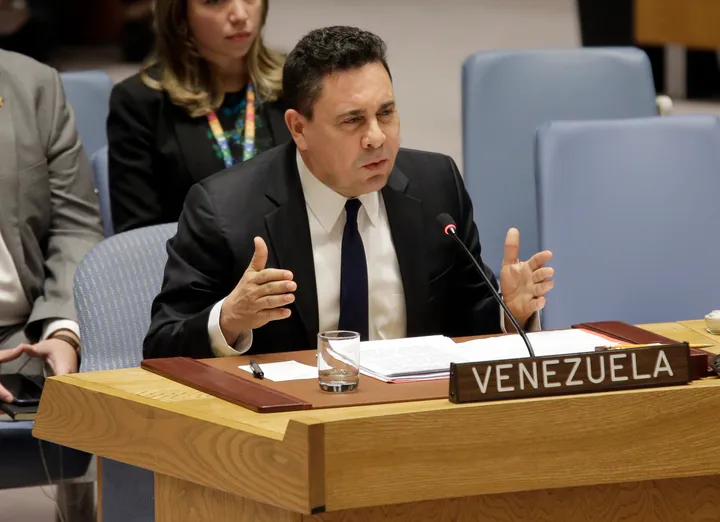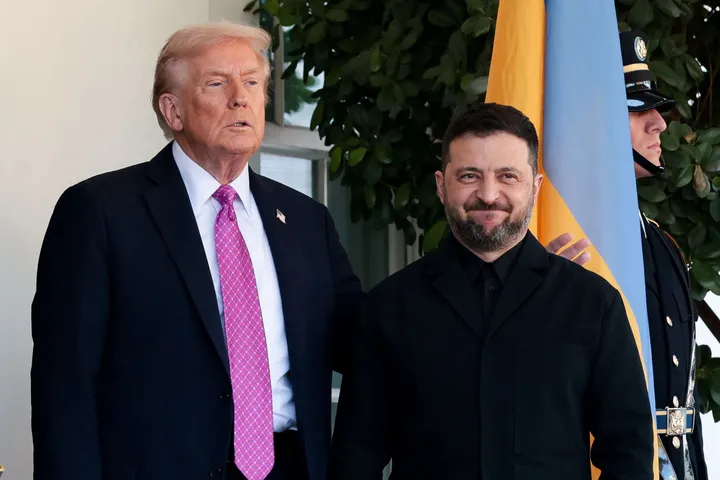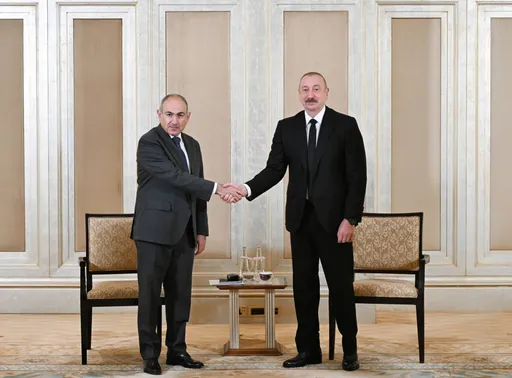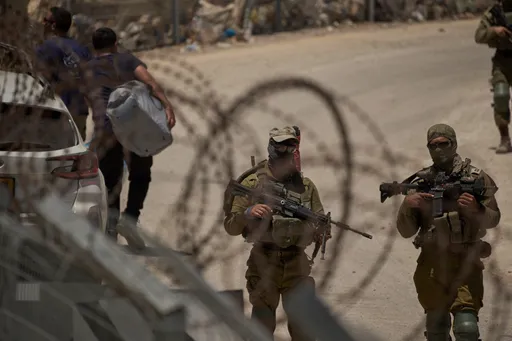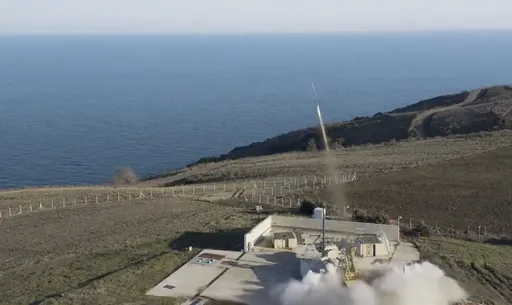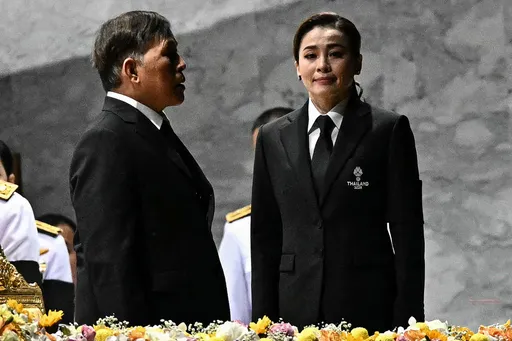The UAE’s Barakah nuclear power plant will begin supplying electricity to the national grid at the end of this month.
Once fully operational, authorities hope the plant will provide a quarter of the UAE’s peak energy demand, amounting to 5,600 megawatts (MW) of clean energy and enough to power 500,000 households annually. It is expected to offset 21 million tonnes of greenhouse gas (GHG) emissions a year.
Currently almost all the UAE’s power is supplied by gas-fired power plants. The carbon-intensive energy sector is the country’s largest contributor of GHG emissions, at 90 percent.
Abu Dhabi has pursued various clean energy initiatives to mitigate its high emission rates in recent years, as the UAE power grid made major investments in sustainable electricity sources like the Barakah plant.
Located in Abu Dhabi’s Al Dhafra area, Barakah is owned by the Emirates Nuclear Energy Corporation (ENEC) and operated by the Nawah Energy Company, while its activities are overseen by the Federal Authority for Nuclear Regulation (FANR).
Jointly developed by ENEC and Korea Electric Power Corporation (KEPCO), construction of the $32 billion project began in July 2012 and was completed in May 2018.
Financed through a $16.2 billion direct loan from the Abu Dhabi government and a $2.5 billion loan from the Export-Import Bank of Korea, the plant’s reactors are licensed by the Korea Institute of Nuclear Safety and projected to have a lifespan of 60 years.
The first reactor at the plant started operations last year after being connected to the national grid. Fuel is being loaded into a second reactor, which is planned to begin operating later this year. In total, four reactors will eventually operate at the site.
“It is historic that the UAE is the first Arab country in the region to operate a nuclear power plant, and it is the culmination of 13 years of effort in building such a programme. This milestone was achieved due to the UAE’s vision and its leadership to build a peaceful nuclear energy programme to cater for the future needs of energy in the country,” said Hamad al Kaabi, UAE Permanent Representative to the International Atomic Energy Agency (IAEA) and FANR deputy chairman.
Is Barakah worth the risk?
While the UAE inaugurates the development of civilian nuclear energy, several concerns have been being raised.
The plant, which lies on the western coast of the country, is in close proximity to Qatar. Doha has called Barakah a “flagrant threat” to regional peace and the environment, warning that a radioactive plume from an accidental discharge at the station could reach the country in five to thirteen hours.
Some have questioned the logic of introducing nuclear power in the UAE, where solar power is clearly abundant. Furthermore, in a region where tensions run high, Barakah could provoke the possibility of nuclear proliferation.
“The tense Gulf strategic geopolitical situation makes new civil nuclear construction in the region even more controversial than elsewhere, as it can mean moves towards nuclear weapon capability, as experience with Iran has shown,” argued Paul Dorfman, founder and chair of the International Nuclear Consulting Group.
Saudi Arabia has already pushed ahead with plans to complete its first nuclear reactor under the auspices of the Saudi National Atomic Energy Project. But as Yemen’s Houthi drone strikes against the kingdom’s oil refineries in 2019 indicate, nuclear energy safety will have to be linked to regional security.
Similarly, the spillover effect from the UAE’s foreign policy could make nuclear plants like Barakah a target for politically motivated actors. That Houthi rebels alleged to have fired a missile at the site in 2017, which the UAE denied, could become instantly catastrophic for the Gulf were a future attack to be successful.
There are also detrimental environmental costs. The Gulf region is among the world’s most water-scarce in the world and heavily dependent on desalination, and any accidental nuclear waste spill would have disastrous maritime consequences.
Not to mention climate change itself could impact Barakah, seeing as coastal nuclear sites will be increasingly vulnerable to rising sea levels.
It’s worth noting that the UAE became the first country in the region to generate electricity from coal – the dirtiest form of electricity creation – in stark contrast to its clean energy pivot.
Dubai’s $3.4 billion Hassyan coal-fired power plant has begun operations, with a capacity reaching 2,400 MW by 2023 and expected to provide 20 percent of the emirate’s power needs.



